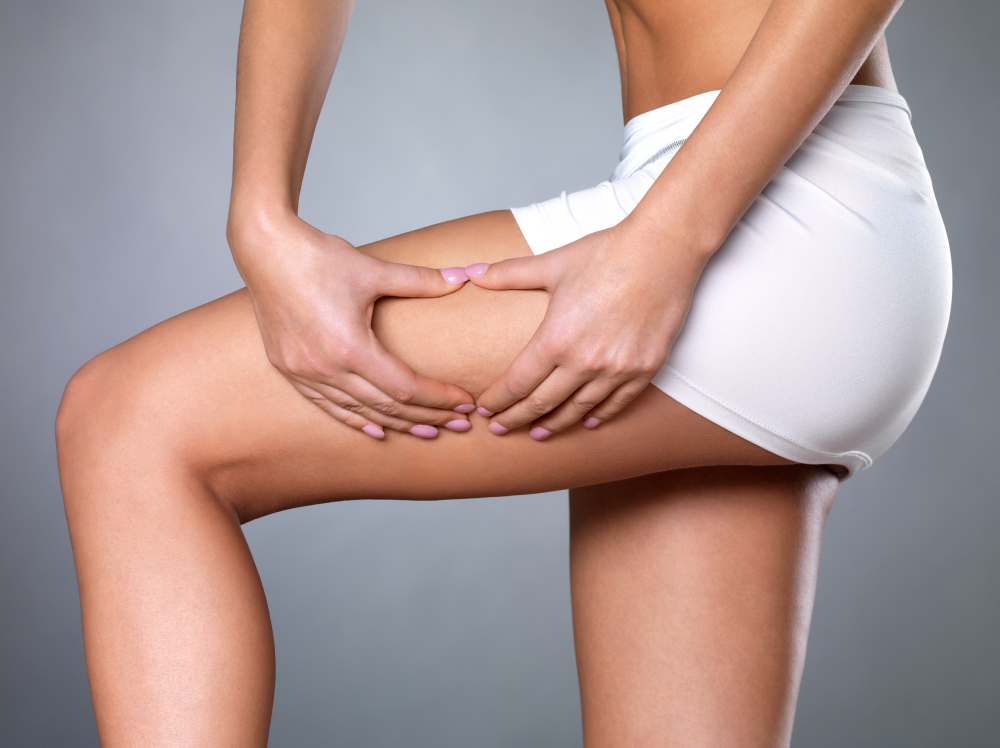
What is Cellulite?
Cellulite is a cosmetic condition characterized by the buildup of fatty deposits beneath the skin, causing a dimpled or puckered appearance. It commonly appears on the thighs, hips, buttocks, and abdomen. This condition affects nearly 80% of women over 20 and some men. Women are more prone due to the way fat is distributed in their lower bodies. Genetics also play a role, as cellulite often runs in families.
Book OnlineCauses of Cellulite
Several factors can contribute to the development of cellulite, including:
- Reduced skin elasticity with age
- Weight gain, such as during pregnancy
- Poor nutrition
- Fad dieting
- Slow metabolism
- Lack of physical activity
- Hormonal fluctuations
- Dehydration
- Excess body fat
- Individual skin type and tone
Treatments for Cellulite
Although cellulite is not a medical issue, it can cause self-consciousness, especially when wearing shorts or swimwear. Various treatments can help reduce its appearance and restore smoother skin texture.
Some simple home remedies might suffice. For example, applying self-tanner can make cellulite less noticeable on lighter skin, as the condition is generally less visible on darker skin. Many over-the-counter products claim to treat cellulite, but most lack scientific support. Lifestyle changes like healthy dieting and regular exercise remain the most effective approach to minimizing cellulite.
Medical treatments offered by professionals include:
- Laser or light therapy
- Massage
- Herbal body wraps
- Mesotherapy (targeting the middle skin layer)
- Dietary supplements
- Liposuction
Risks and Benefits
While some treatments can improve the look of cellulite, they may carry risks. People with circulatory issues might be unable to use certain creams, and allergies to products are possible. Some therapies, like massage and wraps, often provide only temporary results. More intensive procedures such as laser therapy or liposuction can offer longer-lasting improvements but might cause side effects including skin indentations, fluid buildup, or persistent bruising.
